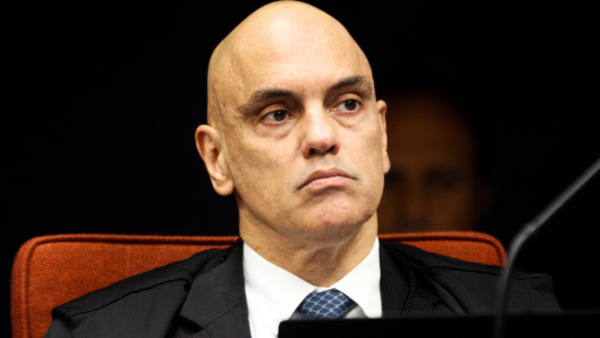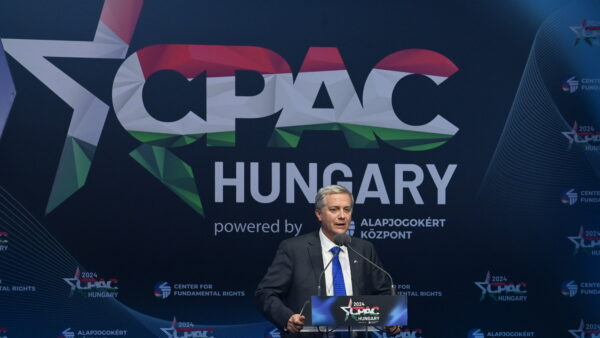Overall, the worldwide economic outlook has improved according to the Organization for Economic Co-operation and Development (OECD), with “signs that the global outlook has started to brighten,” as “global activity is proving relatively resilient, inflation is falling faster than initially projected, and private sector confidence is improving.”
Still, the organization sees “steady” global GDP growth of 3.1 percent in 2024, the same as 3.1 percent in 2023, followed by a possible rebound to 3.2 percent next year. Despite better-than-expected economic growth in 2023, most of the seven Latin American members of the OCDE are poised to grow below the global average again this year.
“Monetary policy should remain prudent, with scope to lower policy interest rates as inflation declines, fiscal policy needs to address rising pressures to debt sustainability, and policy reforms should boost innovation, investment and opportunities in the labor market particularly for women, young people, and older workers,” OECD Secretary-General Mathias Cormann said in a press statement.
In the case of Brazil, OECD’s outlook for 2024 improved from 1.2 percent in November last year to 1.9 percent. “Buoyed by robust employment growth, minimum wage increases, and diminishing inflation, household spending is expected to be the main engine of growth, particularly in 2024,” the OECD writes.
On the other hand, “continued external uncertainty will keep private investment subdued throughout 2024.” The organization forecasts 2.1 percent GDP growth for Brazil next year.
Despite praising the recently approved tax reform — which was also highlighted by Moody’s as one of the main reasons for upgrading its Brazil rating outlook to positive — the OECD points to Brazil’s fiscal fragility as its main challenge. The report recalls that the country’s budgetary policy expanded in 2023, leading to a deterioration in the primary balance from a surplus of 0.5 percent of GDP in 2022 to a deficit of 2.1 percent of GDP in 2023.
“Uncertainty regarding the amount that newly implemented tax measures will raise and spending pressures in health care and education may cast doubt on the ability to meet the fiscal target for 2024. Gross public debt is set to rise slightly, as even a balanced primary budget would fall short of stabilizing the debt level at the current 75 percent of GDP.”
According to calculations by the latest fiscal projection report from the Public Treasury, Brazilian gross public debt should reach 77.3 percent of GDP at the end of 2024 — up three percentage points compared to 2023, when it closed at 74.3 percent. The estimate is more optimistic than that made by the International Monetary Fund (IMF) a few days ago that the country will reach the end of this year with a public debt of 86.7 percent, compared to 84.7 percent in 2023.
Gross debt as a proportion of GDP is one of the leading indicators of a country’s solvency and is closely evaluated by rating agencies. The IMF, however, calculates the indicator differently, considering treasury bonds held by the Central Bank, which are not taken into account by the Brazilian government.


 Search
Search










































